If you are a frequent reader then you know I love gardening. My interest in preparedness motivated me 8 years ago to start my first garden.
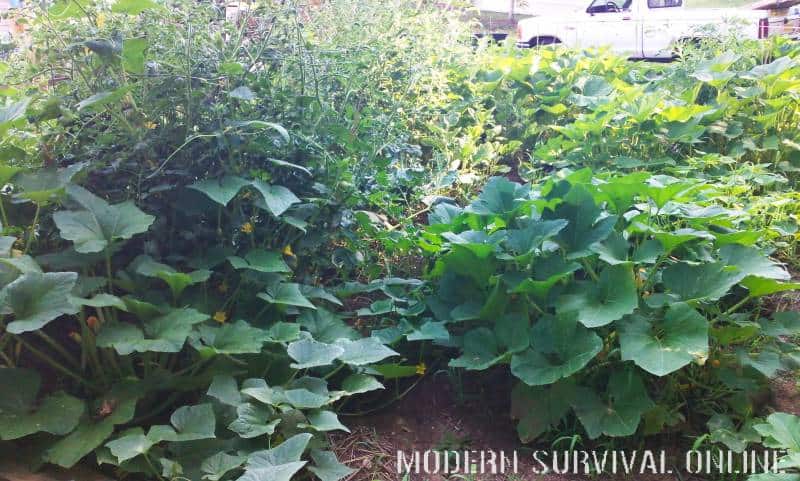
That first garden did well. At about half the size of my current one and not really having a clue what I was doing – I was swimming in cucumbers and summer squash with little problem. My soil back then was mostly red clay initially so I had a truckload of dirt brought in.
Ever since – each and every year I have made my garden just a little bigger, and worked to mix in some good amendments with the natural soil. So far – things have gone pretty well.
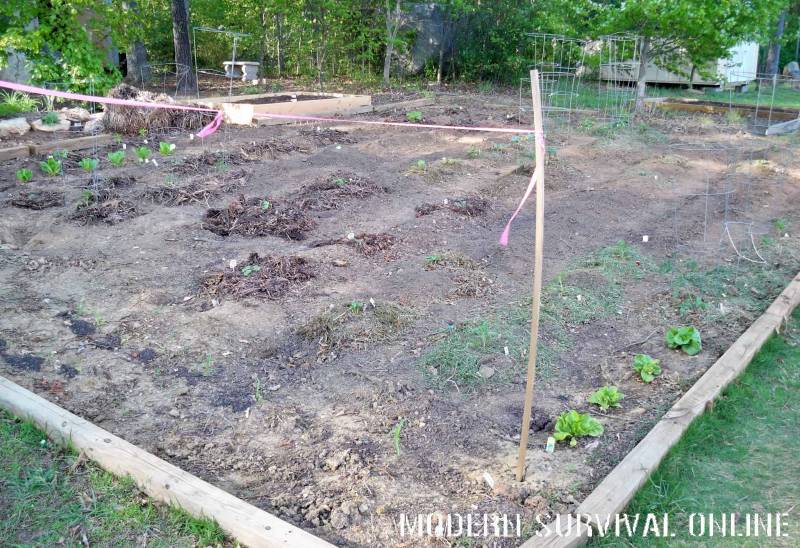

Now – not every year has been good. A few years ago, the Southeast had a severe drought. That year watering was severely restricted in my area. Although I absolutely broke the rules and watered every so often around 3:00am – it just wasn’t enough. The weeds took over as the crops failed to mature well.
In my area, irrigation is critical, as natural rain is not enough much of the time to get the best success.
My neighbor has had a small garden the past few years and never waters. He still gets some veggies, but nothing compared to what I get. Watering in a SHTF situation is something I am working on.
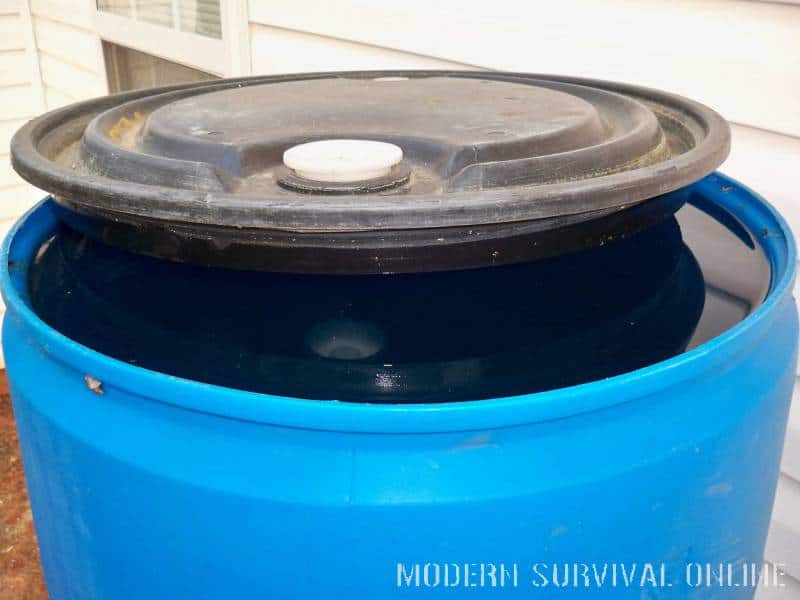
I currently have one rain barrel that can fill in just a few minutes during a good downpour. I need more. Today I just brought home another barrel from work along with a valve system. I am hoping this weekend to set it up – possibly at my shed capturing rainwater off its roof. My plan is to have at least 6 rain barrels by summers end.
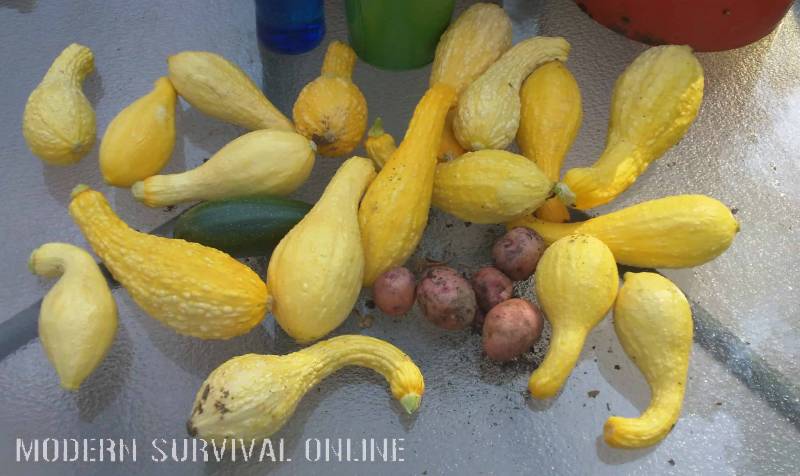
Last year I started saving foods from the garden. I made several jars of pickles from cucumbers. Also vacuum packed zucchini and crookneck squash and feasted all winter long (I froze A LOT!). I will be doing more of the same this year – experimenting and learning along the way.
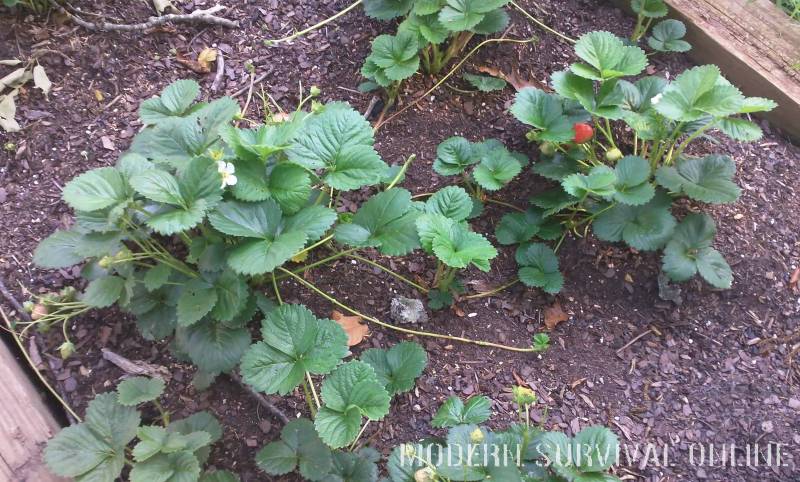
This year I have put in a new raised bed for strawberries right next to my in-ground garden. At about 8 feet long by 3.5 feet wide – things are going well so far. I have been pinching off most of the flowers and berries to try to get the roots established this year for a better crop next year.
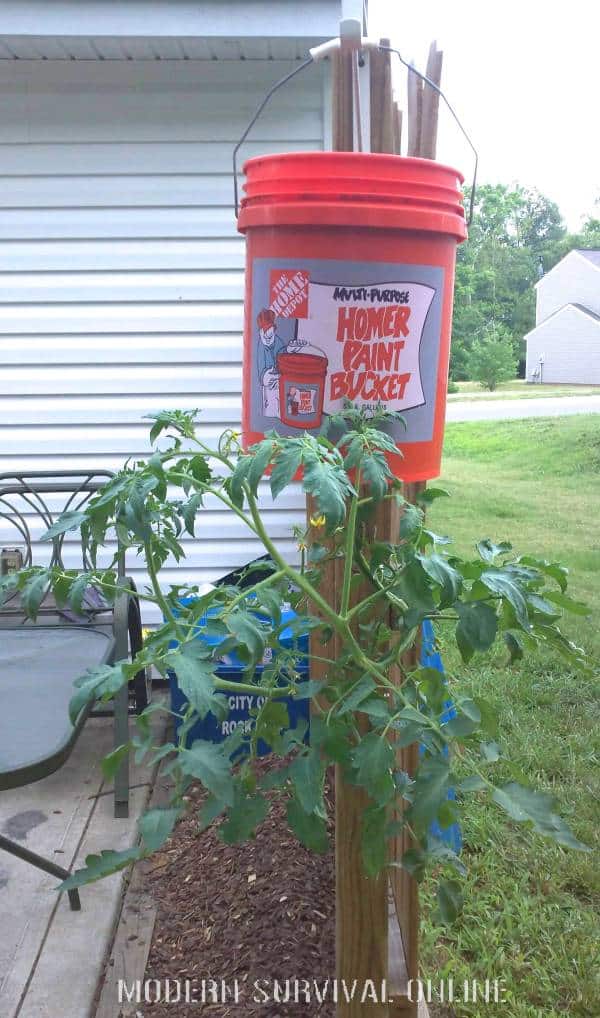
One concern I have regarding survival gardening is seeds. Someday it might not be so easy to buy seeds – enter seed storage. There are ways to store your own seeds – which I may mess around with. I am planning on getting one of the Emergency Seed Banks from The Berkey Guy. These things are well organized and put together.
Take care all –
Rourke

Like what you read?
Then you're gonna love my free PDF, 20 common survival items, 20 uncommon survival uses for each. That's 400 total uses for these dirt-cheap little items!
We will not spam you.
Rourke, the garden looks great. Good to see those first vegatables coming out of the garden already. Keep up the good work and keep us updated on the progress.
How does that upsidedown tomato bucket work?
HOMER –
I am not overly impressed with the upside-down tomato growing idea. I have heard mixed reviews. As for myself – it grew fantastic last year which was the first time tried – but gave little as far as good tomato’s. Most split. That is a problem with container growing is water requirements are higher.
I think a patio tomato plant in a bucket of some kind is better. The advantages to the upside-down concept is no need to support the plant in any way and the crop can be grown in spaces where others may not be able to be.
Thanks – Rourke
I just discovered your website, it is very informative. Congratulations on your first harvest of 2011! Just curious as to why some of your squash is white looking? Keep up the good work!
Sarah Conner –
The picture makes some of those squash look whitish – actually just a different shade of yellow. The variety and amount of water/nutrients that go into the squash can play a role in color (as well as growth rate, taste, etc.).
Thanks – Rourke
Does mulching help cut down how much water is needed? Also, watch your strawberries, birds have been eating my first-time strawberries, so now I get to figure out protection. I even checked them at 0700 and they still beat me to them!
Shreela –
Mulching does help keep soil underneath moist. Birds could be getting some of the berries – I would guess some chicken wire over the top of the bed would help with all critters.
Thanks – Rourke
If you haven’t tried it, i recommend drying your zucchini. Dried zucchini is a great chip for snacking and reconstitutes well in hot water. We like the dries stuff better than fresh for cooking as drying seem to make them much firmer and they keep their shape rather than turning to mush. Also dried zucxhini doesn’t take much room to store.
Gardens can be incredibly productive and some plants are more productive then others. Potatoes and tomatoes produce so much food that by canning and storing I can eat them well into Spring. Sometimes one or more plants won’t produce well. Perhaps a cold spring or excessively hot summer will depress the yield from one class of plants. The trick is to plant those which generally are dependable in your area and plant a lot of each plant. Then if your potatoes don’t do well your beets and turnips will provide an alternative. Don’t depend on one or two kinds of vegetables and when you plant a garden plant as big a garden as you can manage. The worst case then will be you have too much and have to give some away. Try new things. Last year I left my carrots and rutabagas in the ground all winter and pulled them as I needed them rather then storing them. Worked great.
Thanks for the response about the lighting/color of the squash. Your garden looks really good. What all do you have planted?
Greenthumbsurvivalist70 –
I have quite a bit planted in my small garden – including:
– cucumbers
– summer squash
– tomato’s
– corn
– zukes
– radish
– peppers (not much luck here)
– lettuce
– strawberries
– beans
– onions
– potatoes
– sweet potatoes
There probably is something else growing out there as well.
Thanks – Rourke
Rourke,
I enjoy your garden posts, so many seem to be of the mind to just buy their canned food, instead of trying to can it themselves. I’m no GMO eco-crazy but I do notice my veggies taste better than anything I buy from Del-Monte or Sam’s Choice. Not sure of the zone you live in but I do have some suggestions on some Southern crops, mostly varieities that do well for me in this (intolerable) heat.
I’ve found good heat tolerance in Parris Island Romaine Lettuce (Parris Island, go figure) and Henderson’s Charleston Wakefield cabbage. Russian Red Kale does well in the heat and is an interesting alternative to lettuce. Planed early the lettuce didn’t bolt till late May and the cabbage is still with me, even with the massive heat we’ve (SE US) had this year.
I’ve found Cherokee Purple Tomatoes love the heat, Contender and Dragon Tongue Bush Green Beans do well in so-so soils with heat, usually lasting and producing all season from one planting.
Purple Hull cowpeas LOVE the heat. Can’t go wrong with that one.
For squashes I use a combination of Waltham Butternut, Crookneck Summer and Spagehtti Squash. The Butternut and Spagehtti, being a winter squash are more resistant to vine borers.
Allgreen or Henderson Lima beans do well, it’s just a matter of taste between them (two 50 ft rows feeds a family of four all year).
I use a thick mulch of grass clippings (3-4 inches) around all my plants.
BePrepared –
Thanks for the info – will have to look into some of those varieties – most I have never heard of.
I should have mulched more around the plants – next year I will.
Thanks!
Rourke
I just wanted to pass along what I decided to do .
I started some years ago by buying an extra years worth of garden seed and putting them in the freezer . So like this spring I planted my garden out of the seeds in my freezer and replaced the ones in the freezer with fresh ones from the garden center . That way I always have at least one years worth of garden seeds in reserve . I also bought a bucket of heirloom seeds and keep them in the freezer too just in case .
Good idea Robert –
I have been thinking of doing something similar in combination with an Emergency Seed Bank from Directive21.com.
Thanks – Rourke
http://www.facebook.com/photo.php?fbid=1376780857005&set=a.1138573381967.2022246.1156369136&type=1&theater
I had never done any gardening before and this is a picture of my first effort from last year. We built a raised bed because we live on red and gray clay. Extra mulch mixed in with some quality topsoil and occasional miracle grow really seemed to work well. In this 16 x 4 garden we grew corn, potatoes, cucumbers, carrots, snow peas, and green onions. I had a plastic rubbermaid tub for my tomatoes. I think everyone should try it….it is not only rewarding but could be a very important skill if TSHTF!!!
I have found that if you can add some good organtic compost and lime you would be amazed how much you can grow in a small space . I have a good sorce her in NC for compost but I have hard that in some parts of the US it is harder to find . Good luck to you